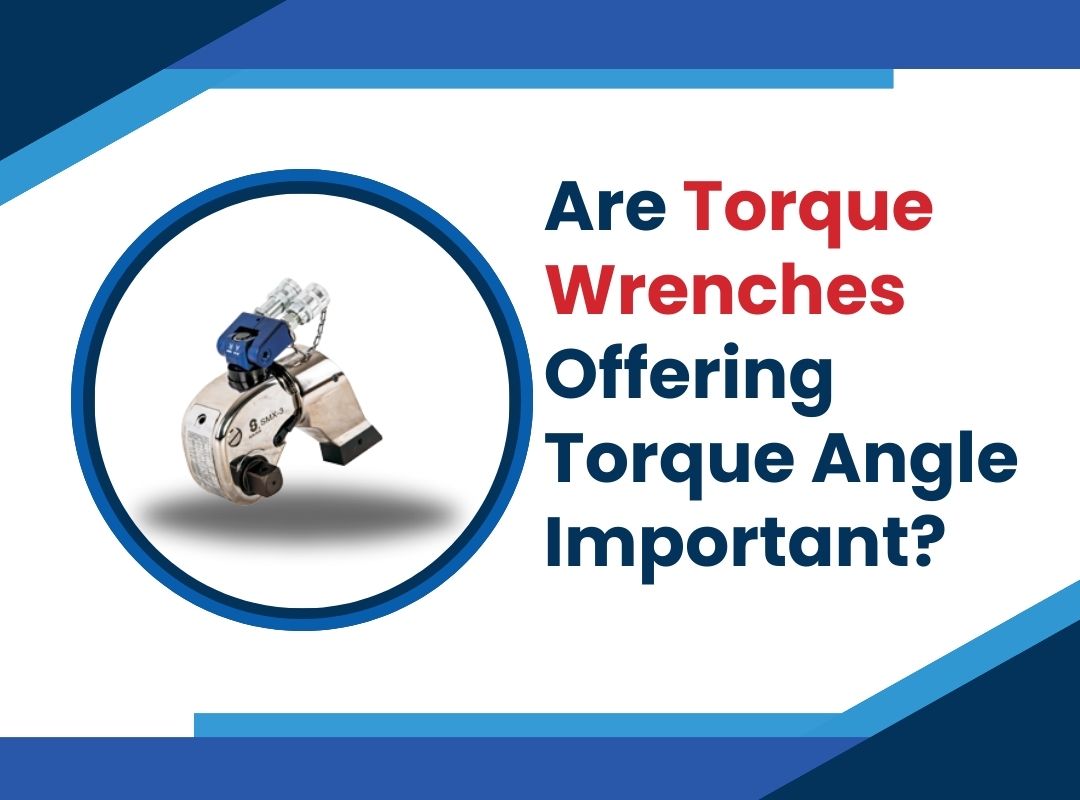When we talk about bolts the first thing that comes to the mind is, it tightens the equipment or assembly intended to be attached. But, tightening is merely the work a bolt does. It also creates an elastic tension that helps in successful clamping. But, most of the times bolts fail to create this tension themself. Thus, an external force has to be applied to the bolts to keep them intact forever. The tool that can do this job is torque wrenches. Various types of torque wrenches can be used in bolting.
But, in this article, you will learn about the torque wrenches that offer torque angle and we will also see whether or not they are important in any way?
Let’s first see what is the torque angle? When a fastener is tightened and loosened, torque is measured and plotted on the graph. When you combine all the points on the graph you would get an arch. This arch is known as torque angle.
What is the Role of Torque in Fasteners?
Torque is important to monitor because it lets you know how much force is applied to the bolt to tighten it. But, sometimes these torque measurements fluctuate or fail when clamp force is measured which leads to poor joint integrity and ultimately may later cause leakage from that particular bolt. Thus, in enormous petrochemical or oil industries, it is very important to keep an eye on every bolt attached to the pipeline assembly.
So, when torque has to be measured, a specialized tool is used known as a high torque wrench. This is the tool that measures the amount of force applied to rotate a bolt. A torque wrench can either use a click or spring measurement technique to display the amount of force applied. Click-measure wrenches are said to be more accurate when you calculate clamp force. Thus, using it would be a great choice.
Why Must You Have a Torque and Angle Wrench?
Having torque and angle in the same device is very helpful. For instance, consider the huge troubling or critical joints that you have to measure. But, it’s difficult to measure both manually. Thus, electronic torque and angle fastener wrench were introduced which would save time and give more accurate outcomes. By having torque you can measure the bolt’s snug point and by having an angle you can turn the bolt to the required degree to achieve the desired bolt stretch
This single tool eliminates the need of using a separate angle gauge or protractor along with the torque wrench. Both can be measured and set at the same time with the help of the same tool. Moreover, this tool is much faster and accurate and can record all your results whether it’s for monitoring, traceability, or control.
Thus, having a Hydraulic Torque Wrench with a torque angle is important for critical joint bolting, accuracy in the results, and prevent any possible leakage that could harm the entire pipeline system.


